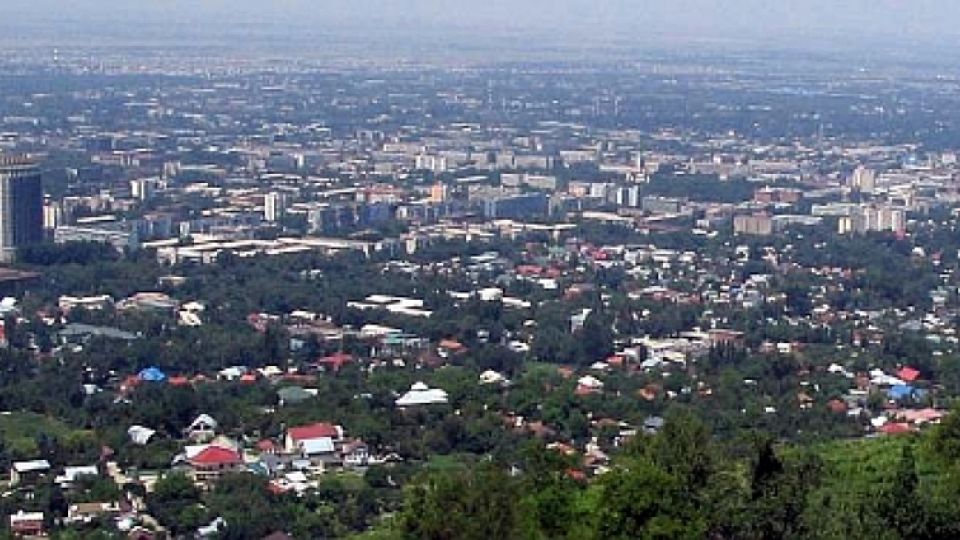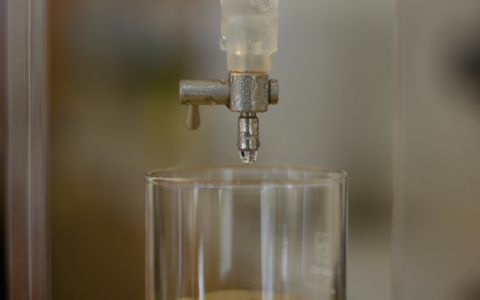To identify places contaminated with hazardous chemicals that is one of the main aims of a new international project with Czech participation. It is currently being launched– by the civic organisations from Kazakhstan EcoMuseum and the Center for Introduction of New Environmentally Safe Technologies (CINEST) and Arnika from the Czech Republic.
The non-governmental organisations are going to inform the local citizens, how to deal with the hazardous materials and how to protect their health. Both the public and the local authorities will be given suggestions how to solve the current problems. The one-and-half-year project is being financially supported by the European Union.
"We strongly believe that the experience we have gained during our projects will help us while solving some serious problems in Kazakhstan. Our goal is to help to protect the health of the local people. The exchange of experience between our countries will surely enrich the partners from both of our countries," says the project coordinator of the Czech division Martin Skalský from the Arnika Association.
The non-governmental organisations are going to be active for example in the district of Karaganda, where vast coal mines and the ironworks Mittal Steel are located. The steel for the Soviet Union used to be produced here, nowadays it is one of the most contaminated areas in the world. The combination of ecological burdens and air pollution can be compared with the Czech district of Ostrava. However, the intensity of industry is higher and the protection of human health much lower than in the Czech Republic. Similar situation is in other areas in Kazakhstan, where people are put in danger by chemicals, waste or the industry.
"The European Union has available technologies that are environment-friendly and can offer examples of good practice and strict standards. This combination will be inspiring for us while finding a way to improve the chemical safety in Kazakhstan," adds the Kazakhstan project-coordinator Dana Yermolyonok.
Apart from strengthening the civil society in Kazakhstan, the project is meant to improve the living conditions of the local people. One of the main goals is to enable the public a more effective access to information and to raise public awareness of chemical safety. The local communities should then be capable of protecting themselves from the chemical contamination on their own and enter the decision-making processes, which directly affect their living.
As far as other aims of this project are concerned, we also want to strengthen the cooperation and to build a base for local organisations, which protect the environment. To make this possible, a series of legislative changes concerning chemical safety have to be undertaken. Moreover, model examples of a good practice are going to be developed, this will be a source of experience for the local people. Some samples will be taken from sites that are probably contaminated with dangerous materials, these samples are going to be analysed in Czech laboratories. The cities Karaganda, Pavlodar, and Akmola and eastern regions of Kazakhstan are within the main focus of this project.
Arnika has realised similar projects also in other countries, currently e.g. in Belarus. In 2010 and 2011 we searched for old pesticide burdens in Armenia. The exposure of the problematic places has contributed to elimination of ill-secured dump sites, which were releasing poisonous substances to water sources. The Czech non-governmental organisation has also been participating in a project that will help to eliminate the hazardous lead from paints that are freely distributed in the lands of Southeast Asia.







